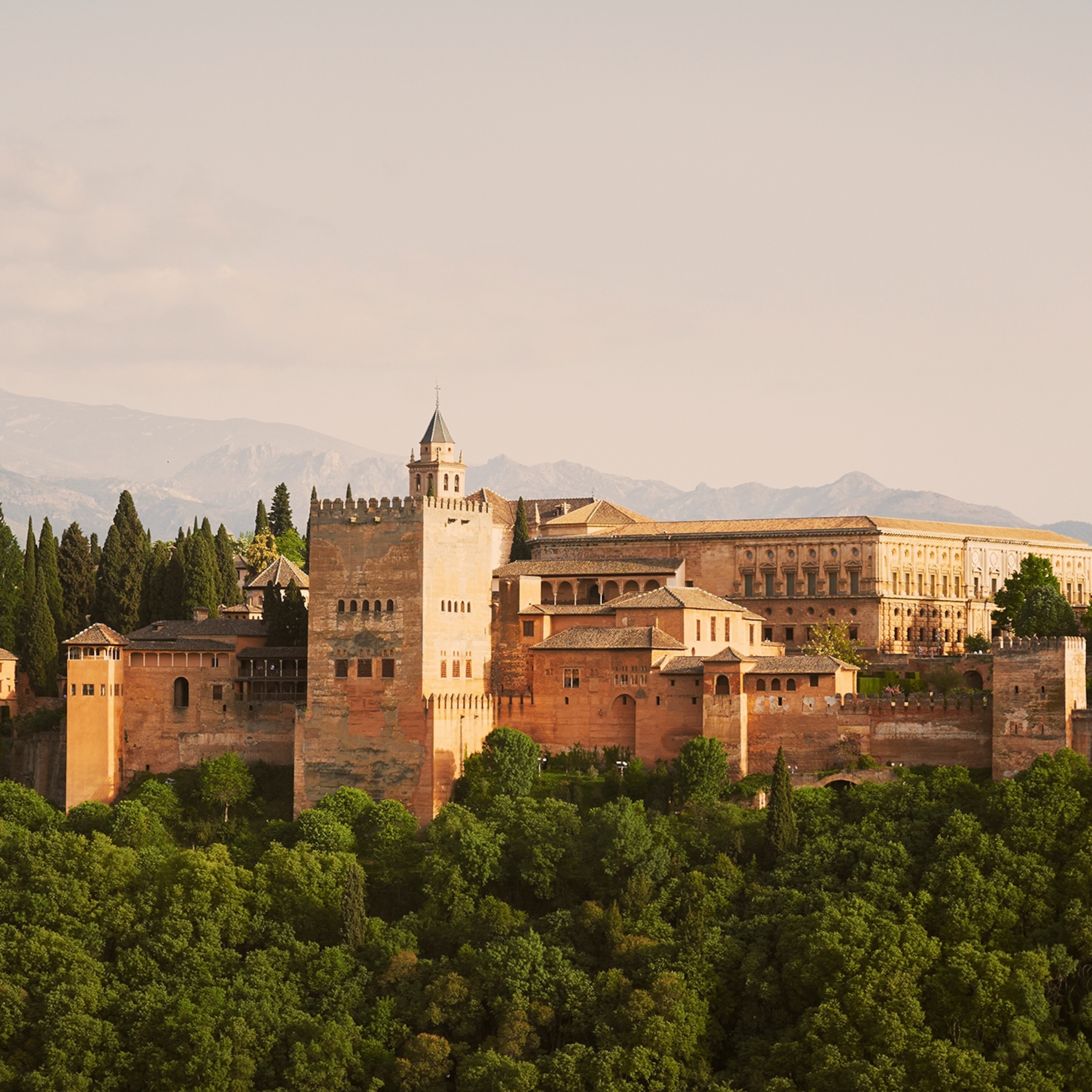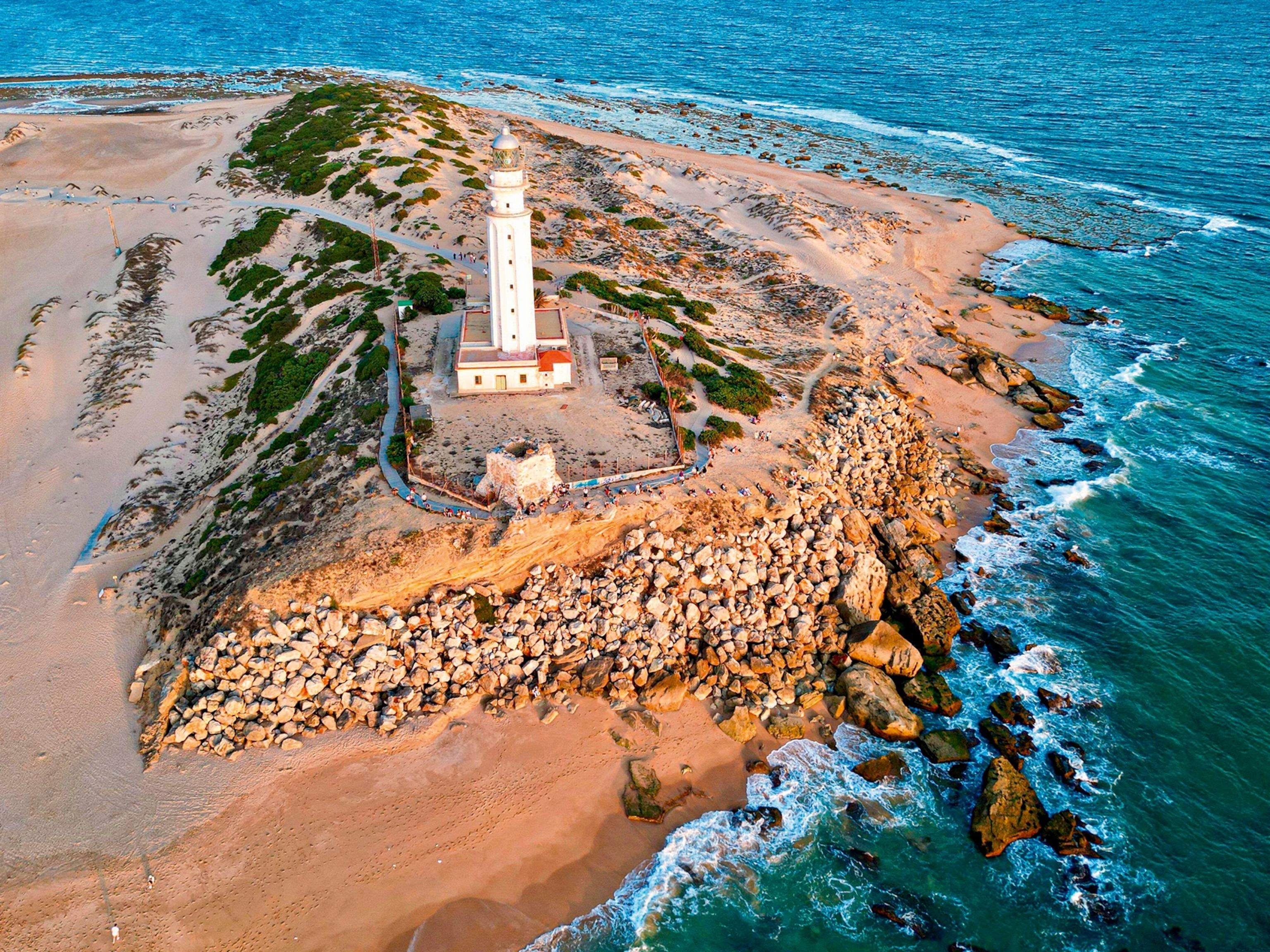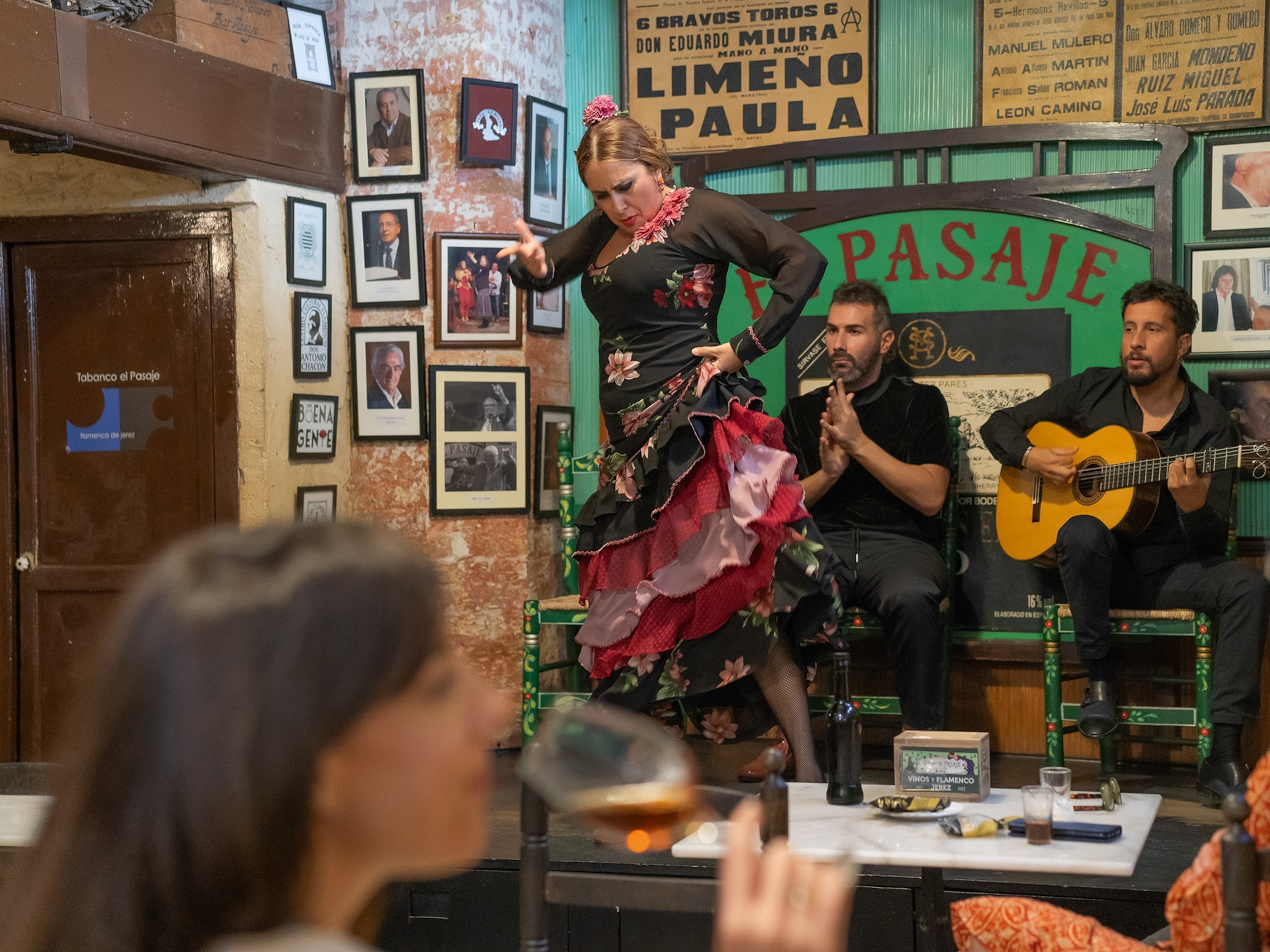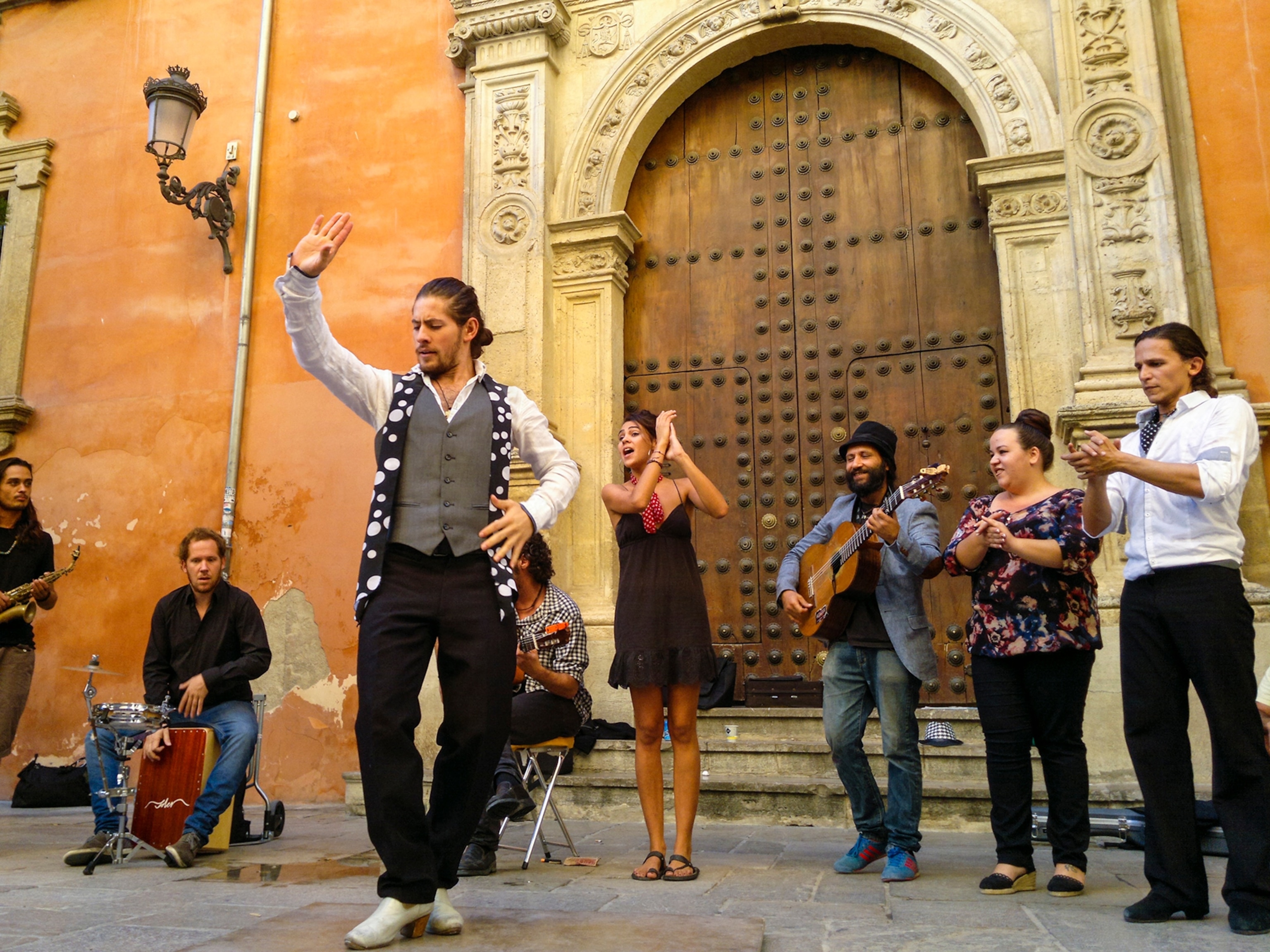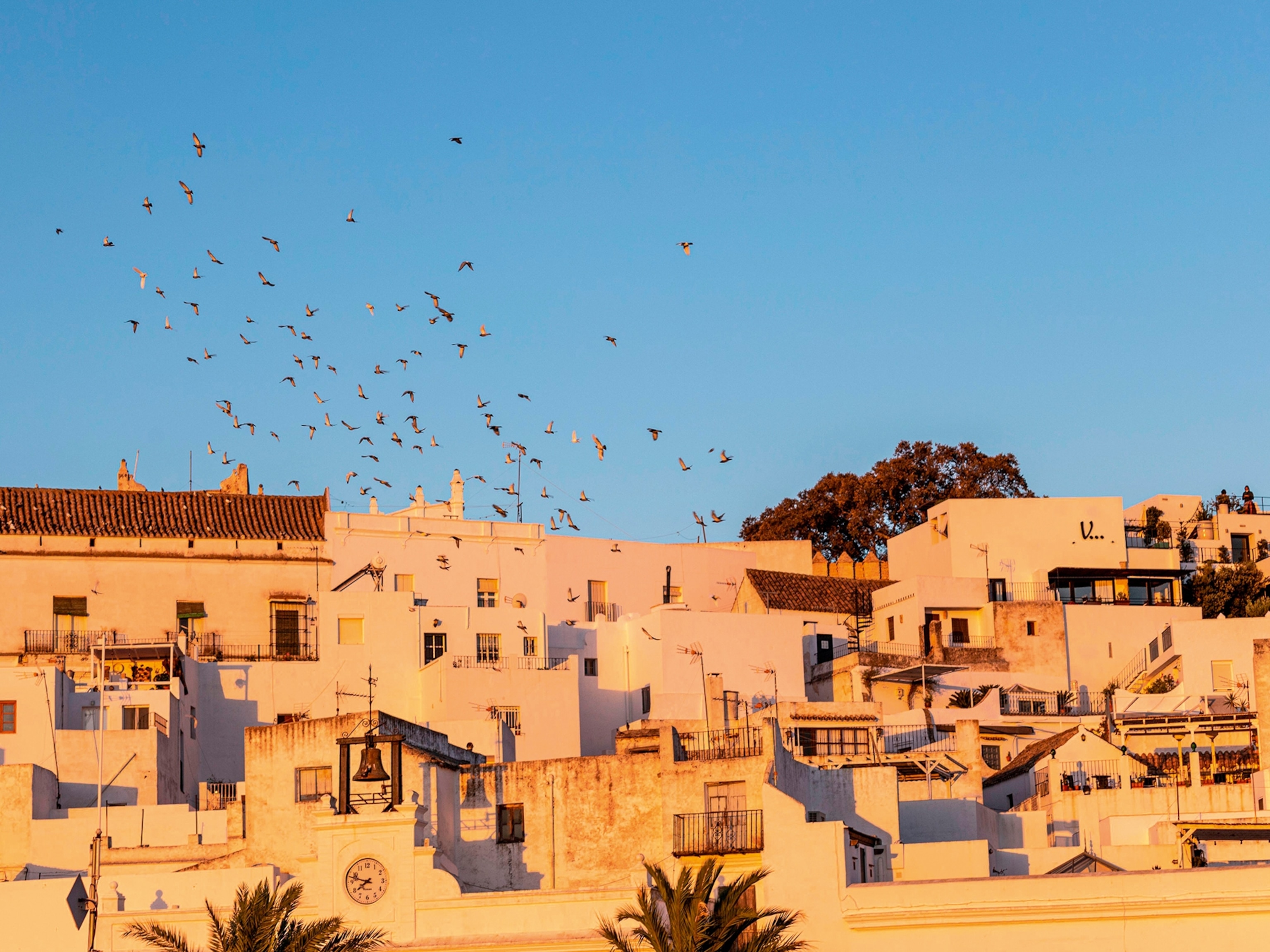
A city guide to Granada, Spain
The grand, medieval Alhambra palace sets the tone in a historic city awash with traditions. But while one foot is in the past, the other is tapping out a modern beat: scratch the surface to discover hidden trails, markets and a youthful music scene.
23 Feb 2021, 08:00 GMT — Returning to the Alhambra is like rereading a book. The hilltop citadel built by the Nasrid sultans above Granada was a masterpiece of medieval engineering, but also of literature — poetry and philosophy expressed in dream-like architecture. Verses, blessings and ruminations were etched into its facades so the structure would seem to speak. In Arabic, of course, which I don’t understand at all.
On each of my three visits, spaced out over 20 years, I’ve heard guides translate various inscriptions from across the courtyards. ‘The perpetual bliss, the continual ecstasy…’ runs one long strand around the reflecting pool of the Comares Palace.
‘Be sparing with your words, and you’ll go in peace’ warns the inner wall above the Sultan’s throne, set beneath a domed roof composed of more than 8,000 separate pieces inlaid with a wooden constellation of stars, representing all seven heavens of Islamic cosmology. Today’s guide, Eduardo, says he’s never bored in his job because the Alhambra is so arcane and intricate that it reveals something new every time, while also remaining partly and eternally hidden.
Study it closely, read it as many times as you like, but the mystery remains. This is the real pleasure of the Alhambra. The Moors surrendered their rule of Spain more than half a millennium ago, but their legacy peeks out between Renaissance and modern buildings.
Which isn’t to say Granada is mired in the Middle Ages — it’s a university town, forever replenished by students. Set its long tradition of flamenco singing and dancing against its current status as a European hub for the reigning hip-hop subgenre of trap music, or its ultra-traditional tapas bars against its contemporary fusion restaurants.
Drive half an hour outside the city limits, though, and you’re in a much more distant past, where the shapes and angles of Arabic geometry give way to a prehistoric landscape of fossil-rich clay hills. This is the ‘other Alhambra’, claim promoters of the scrolling geopark around Granada, newly designated by UNESCO as a heritage site.
Early Moorish settlers dug subterranean dwellings in that terrain, later occupied by peasants who couldn’t afford to build or buy homes, and recently repurposed by operators like Cuevas Almagruz, a family-owned cavern network housing an underground museum and a row of rustic-chic accommodations carved into soft red rock.
Hosted in one of these chambers, I find it deeply, strangely restful to become a figure in a folk tale for a night — to sleep and dream in the belly of a mountain, then wake and rise from the mouth of a cave.

What to see and do
Wander the Albaicín: The medieval Muslim quarter survives as a sideways maze of whitewashed houses, spilling down the hillside on zigzagging narrow lanes. There’s an edge-of-the-world appeal to the cafes and tapas bars that hang over its switchbacks and stairways, and it’s still possible to feel the passage of centuries through atavistic portals like El Bañuelo — the dried-out, bunker-like remains of an 11th-century hammam bathhouse. Later Catholic monarchs saw to the destruction of many similar spas, equating them with sin, but thankfully this one survived and lives on as a small museum.
Ferdinand and Isabella: The king and queen who reconquered Spain, and sent Christopher Columbus to the New World, are buried together in the Royal Chapel, which is part of the cathedral complex, where a gloomy mood of gothic romance prevails around their sculpted tombs.
Trawling for Tapas: Spain’s small-plate dining culture began here in Andalucia and Granada’s hostelries can be absurdly generous in observing the local custom of free tapas with every alcoholic drink. The shortest glass of beer may come with a pork loin sandwich the size of your face, and hitting a few bars around Realejo or Plaza Nueva will leave you as stuffed and stunned as repeat trips to a wedding buffet.
Live Flamenco: Flamenco was also born here in Andalucia, about a millennium ago, and has evolved into a semi-improvised art form of percussive footwork, plaintive singing and flurries of acoustic guitar. The question of the most ‘authentic’ venue in Granada is still the subject of furious debate among local aficionados. Popular Sacromonte cave bars like Cueva de la Rocío can amplify the style’s explosive tempos, but the sounds and colours also whirl in airier settings like Jardines de Zoraya — a conjoined flamenco stage and garden restaurant forming a world-class tablao venue for dinner and a show.
Huerta de san Vicente: Born in Granada and executed with one of the first shots fired in the Spanish Civil War, the poet Federico García Lorca is still mourned like a favourite son around here. Guided tours of his family’s summer house talk you through his life and work, and the park outside — formerly an orchard — is a fine place to read a few of his lines.
Take a hike: The suburban village of Monachil leads into the Sierra Nevada range by way of an exhilarating trail through the Los Cahorros valley. Long, high, hanging bridges sway dramatically underfoot, and looming canyon walls lean so far over the river that you can only pass by grabbing metal handholds that have been hammered into the rock. If you don’t like heights, maybe give this a miss.

Where to shop
Alcaicería market: Arabian spice and silk merchants used to fill the alleys between the cathedral and the Plaza Bib-Rambla. The present street market on the site of that Grand Bazaar still gives off a certain old-world headiness by virtue of the many stalls laden with saffron, fabrics, teas and religious trinkets, as well as boutique wines and olive oils.
Fajalauza: The distinctive blue-green ceramics you see all around Granada, from salad bowls to wall tiles, were mostly made at this workshop, which originated in the Alhambra as the city’s official 16th-century pottery factory. Every piece is hand-painted in the Moorish style, with geometric patterns and heraldic motifs such as double-headed eagles.
Espartería San José: First opened in 1907, this is now the last of Granada’s specialist stores for the Andalucian craft of wrangling beautiful wicker chairs and baskets out of tough esparto grass and olive wood. You’ll spot the shop easily: a jumble of woven and carved creations line the pavement, framing the entrance.

Where to eat
La Trastienda: No tapas bar as good and revered as this could ever stay a ‘secret’ exactly, but it keeps a pretty low profile, tucked behind the counter of a butcher shop. In 1836, the owner started feeding cold cuts to hungry customers in the queue, and today’s fare is still premium-grade cured meats and smoked cheeses.
Restaurante Cala: A little outside the old town’s culinary comfort zone of ham, lamb and razor clams, this is where the tapas-weary go for variety — a bright, modern dining room where French-born chef Samuel Hernández makes a broadly Mediterranean menu more cosmopolitan by way of tiger milk, aguachile verde and hoisin sauce.
Las Tomasas: Traditional carmen houses scatter the Albaicín, garden vineyards and orchards growing over their high white walls. Topmost among them is this restaurant, which offers a triumphant view of the Alhambra. The food here is built on regional and national staples from baby squid to bull’s tail.

Where to spend the evening
Bodegas Castañeda: This relic of the Civil War era is stacked with load-bearing bottles and barrels full of decent local wines and sherries, but the house special is calicasas — a homemade doozy concocted from vermouth, gin, rum, soda and spices.
Boogaclub: The city’s genre-blurring club culture is further melted down at this small and beloved dance venue. Hosting regular jazz, reggae and flamenco sessions, Booga also played a key role in breaking the hip-hop splinter groups who went on to make trap music the crisp, bouncy, auto-tuned sound of the Spanish underground.
Tragofino-SanMatías 30: This relatively young and cool alternative to Granada’s antique taverns also stands out for its superior take on the pomegranate cocktails served all over town — here it’s made with fresh pulp and Pama liqueur before being served in a jam jar. The music leans towards R&B and soul and gets increasingly loud as the evening progresses and the atmosphere hots up.

Local tips
Vantage Point: You don’t have to share the view with crowds gathered at popular lookouts like Mirador San Nicolás. Back up that hillside a little to the abandoned Islamic graveyard for a quiet, near-private sunset vista of the Albaicín, Alhambra and snow-capped Sierra Nevada.
Street Music: Granada’s music scene is fed by students and immigrants from across Europe, North Africa and Latin America. You’ll hear plenty just walking around — cellists from the Royal Conservatory practicing in a plaza or Balkan accordion ballads bleeding into French rap battles at jam sessions outside Huerto de Carlos.
Mudéjar Architecture: Some of the city’s oldest, most beautiful buildings are a hybrid of Islamic and Catholic styles — converted from former mosques designed by Arab artisans after the Christian reconquest. The ghost of a minaret still rises up the bell tower of the Church of San Gil and Santa Ana, while the University of Granada bears elegant traces of a vanished Koranic study hall within the Madraza Palace.

Where to stay
Casa de Reyes: Also known as Hostal Lima, this comfortable, classic guesthouse replicates the Spanish Golden Age with lovingly overdecorated common areas. Flamboyant candelabra, throne-like dining chairs, eye-popping chivalric art and armour — it’s like a private museum run by Don Quixote in his retirement. From £30.
Villa Oniria: Fashionable boutique accommodation in a modernised 19th-century manor doesn’t get any better than this. The inner courtyard, fountain and galleried floors suggest the original house was modelled on a much older, Arabian-style layout. From £70.
Hospes Palacio de los Patos: Another well-preserved aristocratic landmark, formerly the Dutch consulate, fused to a newer annex across a garden terrace that really ties the place together. Popular with locals for lunch amid fountains, birds and a fabulous pomegranate tree, it takes on a clubbier spirit after dark. From £130.

Getting there & around
British Airways subsidiary BA CityFlyer operates direct high-season flights (April to September) from London City twice a week.
Average flying time: 2h30m
Granada’s historic core can easily be explored on foot, though be prepared to climb. Reserve tickets for the Alhambra far in advance an hire a knowledgeable tour guide from a reputable agent such as Walk In Granada. A mountain guide is also a definite plus for a hike into the Los Cahorros valley. You’ll need to rent a car or take a taxi to reach the cave dwellings at Cuevas Almagruz, about 30 minutes outside of town.
When to go
Spring and autumn are the best times to visit. Midsummer can be oppressively hot at 35C, while winters tend to be cold and rainy.
More info
Granada Tourism
Granada & Sierra Nevada by Andy Symington. RRP: £8.99.
A Season in Granada by Federico García Lorca. RRP: £9.95.
How to do it
Newmarket offers a six-night tour — Seville, Granada & Classic Spain — for £619 per person, taking in the Alhambra and other Andalucian highlights with an optional excursion to Ronda. Includes flights.
Published in the March 2021 issue of National Geographic Traveller (UK).
Find us on social media
Facebook | Instagram | Twitter

